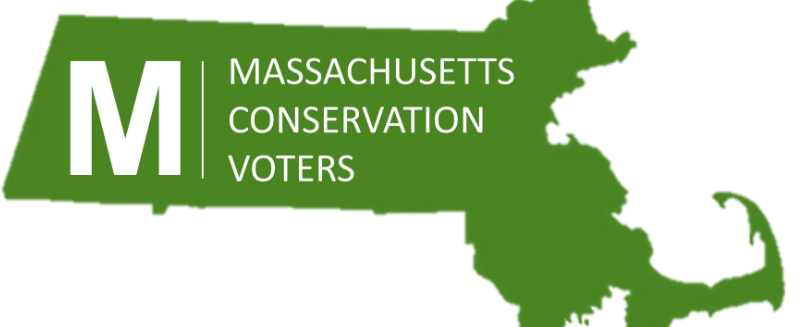Andrew Chow | Time Magazine | July 22, 2020
https://time.com/5869788/national-parks-covid-19/
Ellie Mora has been running down the Santa Paula Canyon in Ventura County, Calif. on a weekly basis for years. She likes the serenity of the desert: the waterfalls that mist into placid green pools and the burnt orange wildflowers that bloom in the spring. For many like her, the park serves as a calming escape from the stresses and smog that can accompany everyday life in Southern California.
But this spring, following the onset of coronavirus, the park’s condition started to drastically worsen. Litter accumulated on the sides of trails and at watering holes. Graffiti materialized on rocks. Parked cars stretched for more than a mile near the bottom of the trail, and hundreds of people splashed maskless in the canyon’s pools.
“I can’t tell you how much pee and feces were littered along the trail,” Mora said. “It’s disgusting.”
The situation got so bad that the U.S. Forest Service shut down the trail in mid-May, citing the crowds and the trash. Since then, Mora and a team of volunteers have been working long days to clear out the litter and paint over the graffiti.
“It’s been decimated by people who have never hiked before, coming back there with no morals,” she says. “It’s insane to see people acting the way they have, like the end of the world.”
During the pandemic, Mora is far from the only one to witness worrying changes in national and state parks. Many of these spaces, supposed to be untouched swaths of time-proof wilderness, have been overrun by first-time visitors seeking refuge from quarantine, joblessness, or the inability to take far-flung vacations. And as people have flooded into the parks, new crises have arisen for rangers and nearby communities, including indigenous populations who were already particularly susceptible to the virus.
“A lot of tourists who come through here, they think it’s unfair that we’re trying to have a lockdown and that we’re trying to keep outsiders out,” says Alberta Henry, a member of Navajo Nation who operates a camping rental business outside the Grand Canyon. “A caucasian man from Tennessee came onto the reservation and told my nephews, ‘Get those effing masks off! What’s wrong with you?’ People are openly racist, even in front of my children.”
“It’s completely packed”
Before the pandemic, national parks were already exploding in popularity. In 2019, the National Park Service tallied 327 million visits—9 million more than the previous year, and the third-highest total since record-keeping began in 1904.
Many of these parks briefly shut down once the pandemic hit a crisis point in March and April. But as states began to reopen, so did parks, albeit with some restrictions. At Rocky Mountain National Park—the third most-visited national park in the country—rangers implemented a timed entry system in May, with the goal of keeping the park at 60% capacity.
But eager backpackers have found a loophole around the restrictions: arriving early in the morning before the regulations are enforced. Paulina Arcuri, a Boulder resident who climbs and hikes regularly at the park, was accustomed to arriving before 6 a.m. to avoid the thunderstorms that roll through in the afternoon. Recently, she’s been arriving before the sunrise to a full parking lot. “It’s completely packed,” she says. “And before, it would usually be mostly Colorado license plates. Now, I’m seeing maybe 75% from out of state. There are so many Texas plates it’s insane.”
Inside the park, Arcuri says the timed system isn’t preventing crowds from swelling at particular points like at lookout points or summits. “Even through a mask, it smells like you’re at Disneyland,” she says. She says she’s seen discarded masks strewn about the park, and that these newfound visitors aren’t paying heed to trail etiquette or environmental guidelines. “To step off the trail is to endanger 100-year-old moss,” she says.
Wendy Koenig, the mayor of Estes Park— the town that sits at the park’s entrance—says that campgrounds are full. Her downtown is full of visitors every weekend. Local businesses have enforced strict social distancing measures, and so far the number of cases in the town has been low. “It’s really in the hands of the visitors,” she says. “If they will cooperate and wear their masks, they can keep all of us safe and keep their vacation destinations open.”
In interviews, rangers at Big Bend National Park in Texas, Great Falls Park in Maryland, and Glen Canyon National Recreation Area in Utah and Arizona said they have all seen increases in visitation following COVID-19, particularly from first-timers. RV and camper sales have surged; so have campground reservations across the country. With travelers still leery of airplanes, and most indoor entertainment options closed, many families seem to be embracing a relatively cheap getaway option where the risk of catching the virus is much lower than it is indoors.
To read the full article, please click here.
